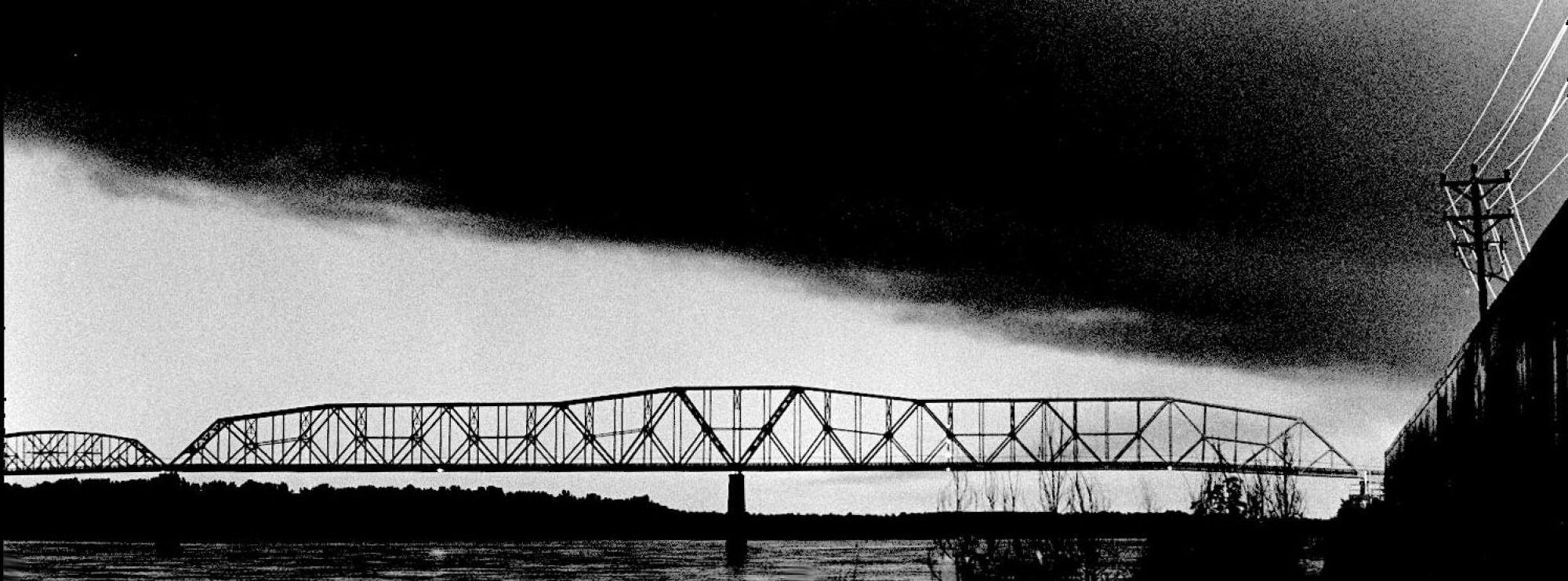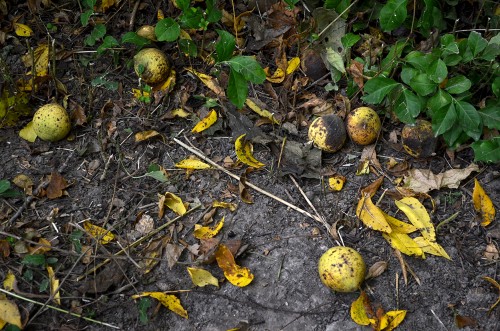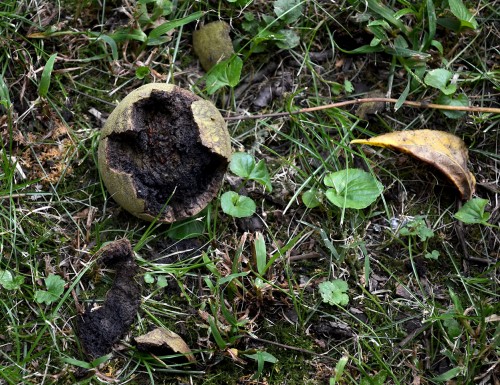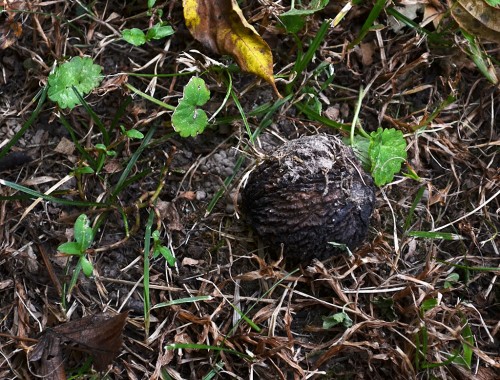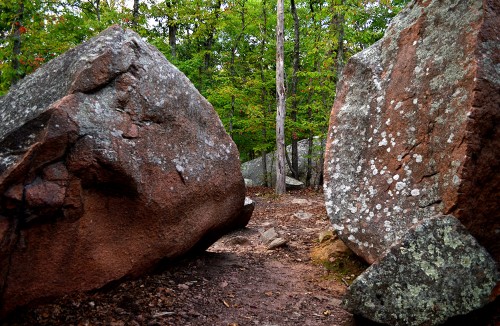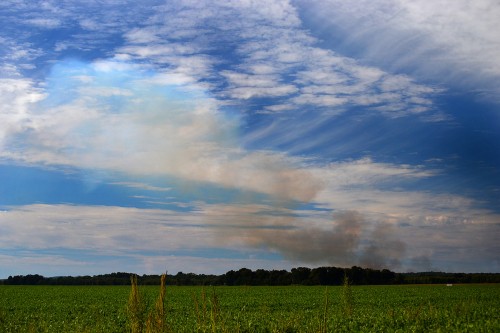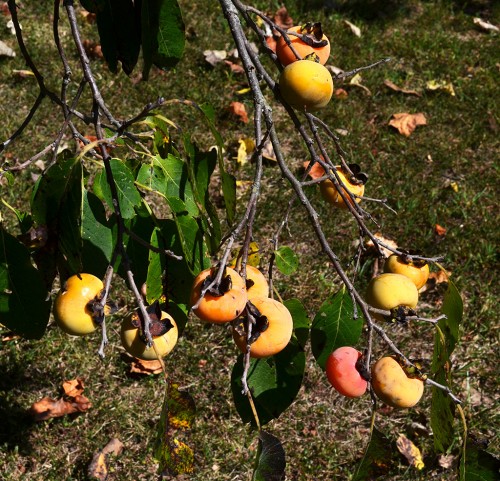 We made a swing by Trail of Tears State Park to check the status of a persimmon tree next to the lake. That baby was so full of fruit the branches were pulling down. One of the dark orange ones came off the branch easily, but it was still firm enough that I wouldn’t risk biting into it.
We made a swing by Trail of Tears State Park to check the status of a persimmon tree next to the lake. That baby was so full of fruit the branches were pulling down. One of the dark orange ones came off the branch easily, but it was still firm enough that I wouldn’t risk biting into it.
A few have started falling
 I picked up several persimmons that had fallen on the ground, looking for ones that had that “squishy” feel that indicates they might be pucker-proof. Mother is the persimmon expert, so I let her have her pick. She rejected the one plucked from the tree as being “green,” despite its orange color. She tossed out two that were soft, but had worm holes. The last she pronounced as good-tasting but hot from the afternoon sun.
I picked up several persimmons that had fallen on the ground, looking for ones that had that “squishy” feel that indicates they might be pucker-proof. Mother is the persimmon expert, so I let her have her pick. She rejected the one plucked from the tree as being “green,” despite its orange color. She tossed out two that were soft, but had worm holes. The last she pronounced as good-tasting but hot from the afternoon sun.
Here’s what the tree looked like last year when the leaves were gone.
Waiting for the first frost
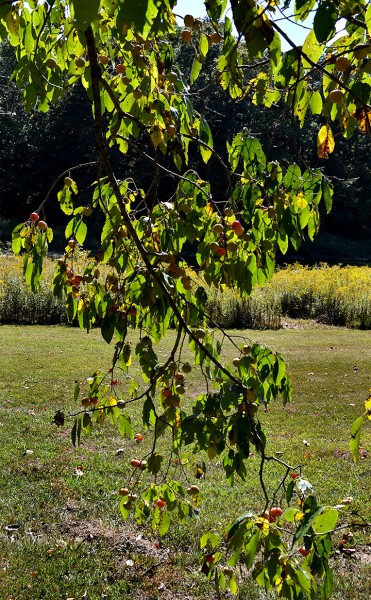 Tradition has it that persimmons aren’t good until after the first frost, but we’ve had ripe persimmons in late summer off a tree at Tower Rock, and the one today was sweet. I think the “first frost” rule has more to do with how long the fruit ripens rather than anything the frost has to do with it.
Tradition has it that persimmons aren’t good until after the first frost, but we’ve had ripe persimmons in late summer off a tree at Tower Rock, and the one today was sweet. I think the “first frost” rule has more to do with how long the fruit ripens rather than anything the frost has to do with it.
Speaking of tradition, have you ever used the seed to predict what kind of winter you’re going to have? If you cut the seed in half and see a fork, it is said the winter will be mild; a spoon means lots of snow, and a knife means it will be bitterly cold.
Seeds cut by the Farmers’ Almanac’s Persimmon Lady, who lives in North Carolina, came up all spoons this year. She makes it clear that the forecast is only good for the immediate area, but comments from other parts of the country sound like you should make sure you know where your snow shovel is.
I haven’t checked any Cape persimmon seeds. I value my fingertips too much to try to split the seeds, and Mother faints at the sight of blood.
Cape Rock tree is loaded, too
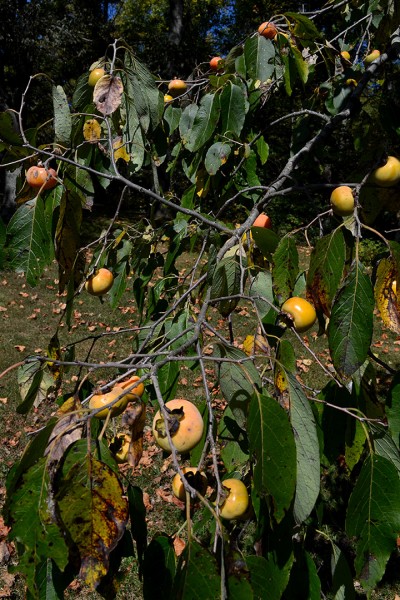 There’s a tree next to the railroad tracks in the parking area below Cape Rock that is loaded, but the persimmons are marble-sized, less than a third or half the size of the ones at Trail of Tears. What few persimmons have fallen were small and hard, so we couldn’t do a taste test on them.
There’s a tree next to the railroad tracks in the parking area below Cape Rock that is loaded, but the persimmons are marble-sized, less than a third or half the size of the ones at Trail of Tears. What few persimmons have fallen were small and hard, so we couldn’t do a taste test on them.
